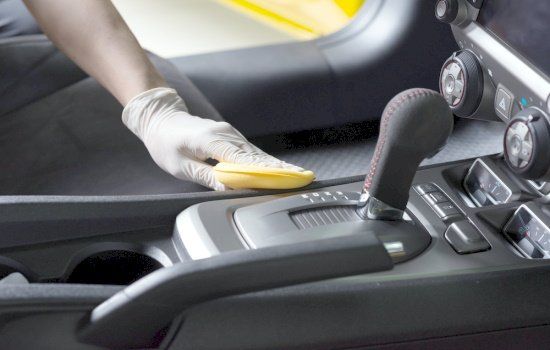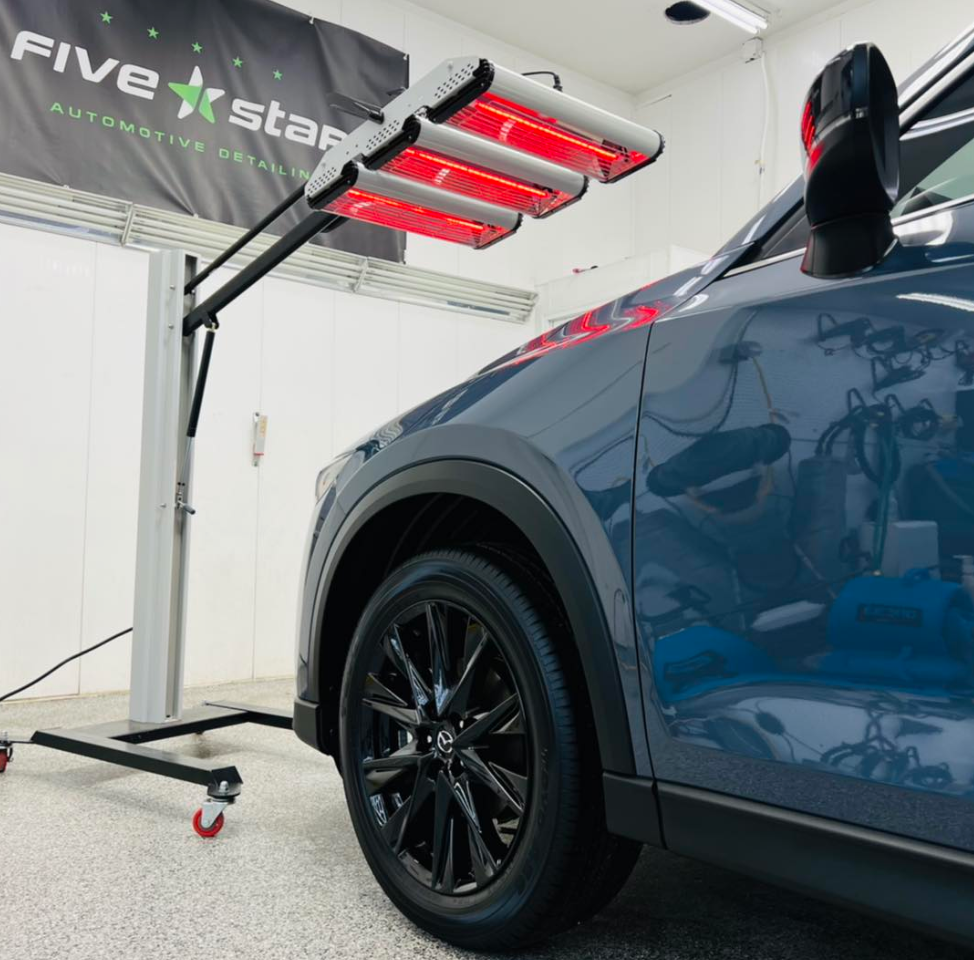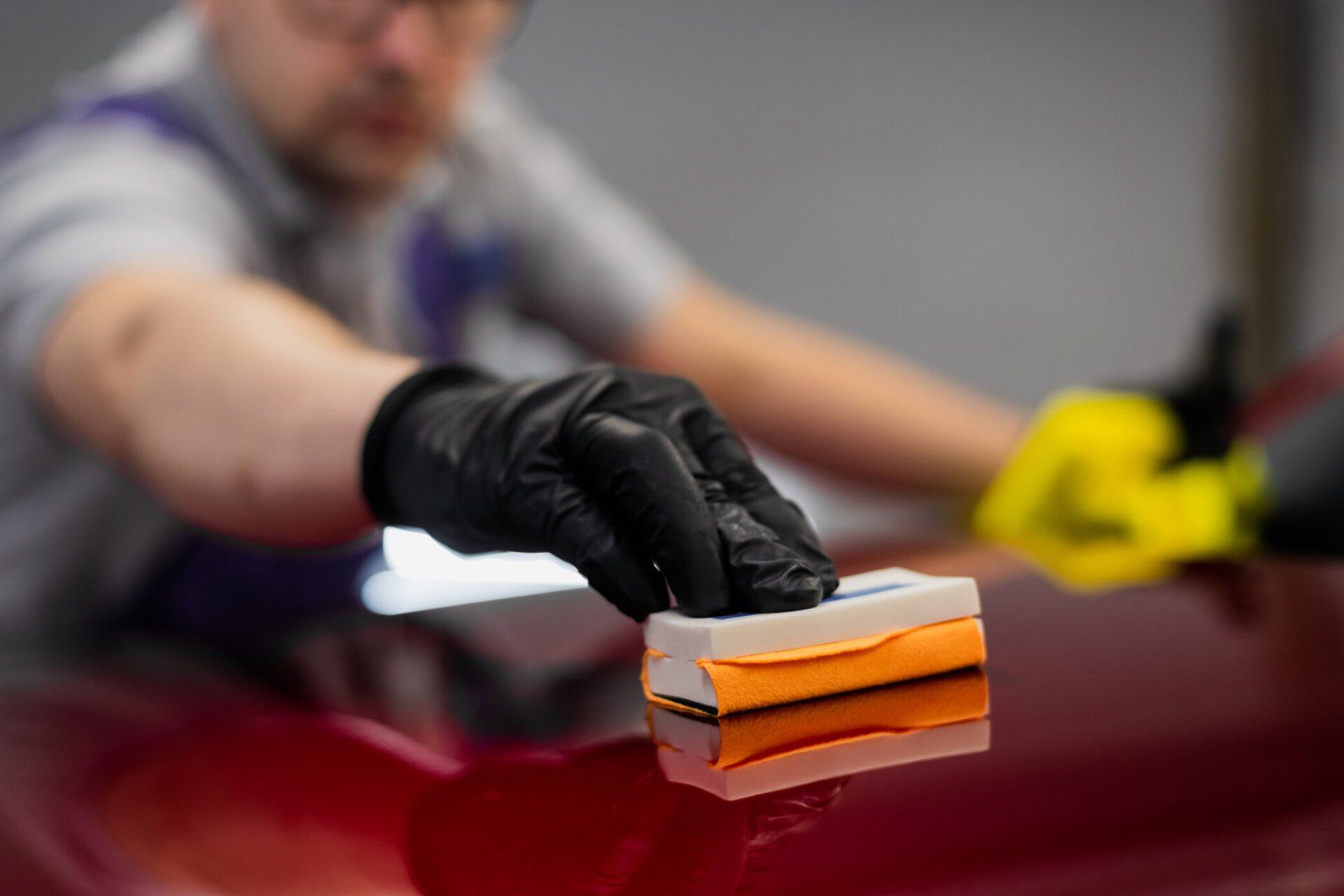Most drivers maintain their car's exterior in excellent condition. However, some of them overlook the importance of interior detailing. Without timely maintenance, car interiors can become dirty and cluttered, negatively impacting your driving experience.
With proper detailing, you can restore your car's interiors to a like-new condition. Here's everything that car owners need to understand the importance of interior auto detailing and everything that goes into it.
Benefits of Car Interior Detailing
Professional auto detailing services protects your car's interiors and keeps it looking new. Here's why car detailing services are crucial to car owners.
1. Maintains the Car's Retail Value
Car ownership was once a long-term commitment. That has recently changed as people regularly change their vehicles to upgrade and access the latest automotive technology. That makes your vehicle an asset instead of a liability, but you need to take good care of it to get a good resale value.
Stains, scrapes, scratches, and bad odors can significantly drop the resale value of your vehicle. Interior detailing helps you avoid that by keeping it clean from the inside and limiting the damage caused by grime and dirt.
2. Helps Remove Tough Stains
Your car's interior features different surfaces made of fabrics, vinyl, leather, carpets, and other materials that make it attractive. With time, these surfaces attract dirt and tough stains from coffee spills, pet hair, and other substances.
Regular interior detailing services addresses all those tough stains, whether big or small. It also prevents those unsightly stains from happening by applying suitable cleaning products that help maintain different surfaces.
3. Improves your Driving Experience
If your windshield, windows, and side mirrors are covered with debris and dirt, they affect your ability to see your surroundings while driving clearly. For that, exterior and interior cleaning of these surfaces is crucial for the driver's safety and improving the driving experience.
4. Prevents Health Issues
Whenever you're behind the wheel, you're in a closed environment. This enclosed environment can hold dust, bacteria, germs, and other allergens. Failing to get auto detailing services regularly promotes the growth of these allergens, resulting in allergic reactions and other health issues.
Auto detailing helps you avoid allergies and other health complications resulting from poor indoor air quality when done with the right products. That's why it's important to have your car detailed by a professional auto detailing service.
5. Protects the Upholstery
Sun damage can affect your car's upholstery when it doesn't have window tinting. That means intense ultraviolet rays will penetrate your vehicle and damage the interior finishes and fabrics with time. Regular interior cleaning helps with fabric protection and boosts the useful life of your door panels, floor mats, and other fittings.
Auto Detailing a Car Like a Professional

Summer is a great time for auto detailing. Follow these eight steps to complete the interior of a car -
Step I: Gather your Cleaning Supplies and Tools
Auto detailing requires the proper cleaning supplies and equipment. Avoid using harsh cleaning products as they might do more harm by damaging your vehicle's upholstery and finishing.
Here's a list of supplies and equipment needed before diving into auto detailing:
- Water
- Gentle liquid soap
- Glass wipes
- Disinfectant wipes with over 70% isopropyl alcohol
- Interior dressing
- Mobile vacuum
- Leather cleaner
- Lots of microfiber cloths
Step II: Prepare your Vehicle for Car Detailing
Remove all your belongings from your car to declutter the interior. You'll also need to remove the floor mats and vacuum the carpets. Consider using all-natural carpet shampoos for cleaning carpet mats or an all-purpose cleaner for rubber mats.
Step III: Start Cleaning Car Surfaces Often Touched
After gathering your cleaning supplies, start with often touched surfaces for the best results. That includes door panels, steering wheels, and high usage buttons. You can clean these surfaces with a light coat of liquid soap and water, then disinfect with antibacterial surface wipes.
Step IV: Clean the Seats Depending on the Material
The cleaning tools and techniques you need depend on your car's upholstery. If your vehicle has cloth seats, wash them using a shampoo and a wet-vac extraction device. Ensure you dry them well to avoid mold and mildew.
If you have leather seats, hire a professional service or use soft brushes. It would help if you also had a lint-free or microfiber cloth to dry the seats and wipe away residual dust.
Step V: Apply an Interior Finisher
Your car will look better with clean seats, sparkling accessories, and a fresh vacuum. However, you can make every accessory and surface in your car sparkle by applying a detail finisher. Using a finisher also helps you protect your armrest, center console, and vinyl or leather surfaces.
Step VI: Make the Mirrors and Windows Shine
Mirror and window cleaning is the last phase of your car detailing process. You can clean each glass area by applying a light mist of your glass cleaner and wiping them clean using a microfiber cloth. You can also use a ball of fine steel wool to clean areas with stubborn adhesions.
Step VII: Have a Car Cleaning Kit in your Car
Smudges, spills, and dust often occur while on the road. While you can't prevent your car from becoming dusty and dirty, you should be prepared to swing into action when they happen.
A great way to achieve cleanliness in your car is to keep a mobile car cleaning kit in your vehicle to prevent dust and grime from settling. Your kit should include:
- Microfiber cleaning cloths
- Protectant interior wipes
- Glass cleaning wipes
- Disinfectant wipes
- an air freshener
Step VIII:
Be Proactive in Maintaining your Car Now that you're done with the dirt extraction process and your car is smelling fresh, you need to keep it that way. That's not always easy, especially if you're used to letting your car's condition slide. A simple clean will keep your car exterior looking great, but you'll need a proactive mindset to keep it clean on the inside.
Here are a few tips for maintaining your car's interior condition:
- Create a detailing schedule
Detailing your vehicle is easy when it's cleaned regularly. You should create a schedule for your vehicle and keep it in a visible place. If that proves difficult for you, some services offer to detail packages that include regular cleanups on a predetermined schedule.
- Use traffic snarls to your advantage
Everybody hates being stuck in traffic, but it happens anyway. You can use this time wisely to tidy up your car.
- Restock your cleaning kit
Depending on how often you drive your vehicle, you might need to restock your cleaning kit once or twice a month.
- Don't ignore exterior detailing
A simple wash will keep your car's exteriors clean, but you might need professional paint correction and ceramic coating to keep your car looking sharp.
Contact Our Minnesota Auto Detailing Service
If you don't have the time or resources to do interior car detailing, leave the job to Five Star Automotive Detailing experts. Our car detail service in Rochester, MN, can take care of all your car detailing needs and deliver impeccable results in a day's work. For premium auto detailing, call 507-213-3561 to book an appointment with our car detailers today.






